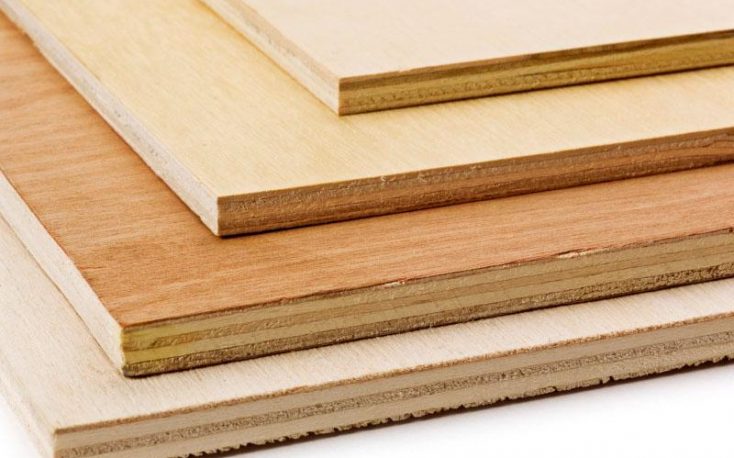Japan expects its imported volume of plywood from Malaysia to further decline this year because of increasing prices. Malaysia, the single largest plywood exporter to Japan, shipped about 1.06 million cu m to that country in 2018, which was a drop of 10.8 percent from 2017.
But Japan has imported more plywood from Indonesia, an increase of 11.4 percent to 977,500 cu m in 2018 from 2017. Year-on-year, China recorded a 1.9 percent decline in its plywood exports to Japan at 642,000 cu m
“Indonesian supply was over 900,000 cu m after two years while Malaysian supply was less than 1,100,00 cu m.
“Because of high export prices by supplying countries, total volume of imported plywood will drop this year,” according to Japan Lumber Report (JLR), a trade journal that monitors the Japanese market logs and wood products’ movement.
The JLR publication is reproduced by the International Tropical Timber Organisation (ITTO) tropical timber market report (March 1-15 2019 issue).
According to ITTO, Sarawak-based plywood traders have reported higher export prices of floor base (FB) (11.5mm) at US$745 C&F (versus US$720 FOB in January 2019). The latest export prices of CP (concrete forming panel) (3 ft x 6 ft) is US$540-560 C&F and UCP (urethane coated plywood) (3 ft x 6 ft) US$640-660 C&F.
In 2008, Japan’s imported plywood volume stood at about 2.92 million cu m, which was 0.7 percent increase over 2017. But imported plywood has stayed below three million cu m for the last four years.
“Plywood is the largest in imported finished products. The volume is steady despite local supply tightness in producing countries (like Malaysia and Indonesia), which proves solid demand in Japan.
“Total plywood supply in (Japan) in 2018 was 6,139,800 cu m, 0.4 percent more than 2017. Domestic plywood production was 3,216,700 cu m, 0.2 percent more out of which softwood plywood was 3,088,100 cu m or 0.8 percent more.
“Share of domestic supply was 52.4 percent and the domestic supply surpassed the imports for three straight years.
“In domestic production, structural plywood was 2,861,300 cu m, 2.2 percent less than 2017,” based on statistics from JLR.
In January this year, Malaysia, Indonesia and China accounted for over 85 percent of Japan’s imports of plywood.
“Malaysia, Indonesia and China dominate plywood imports but shippers in Vietnam are steadily securing market share.
“Year on year, the volume of Japan’s January 2019 imports of plywood (HS441210-39) were down 9 percent but compared the volume of imports in December (2018), there was a steep rise in January imports due mainly to a 34 percent rise in shipments from Malaysia (68,000 cu m in December 2018 to 91,200 cu m in January 2019).
“January shipments from China were little changed year on year and month on month but Indonesian shipments were down 17 percent compared to January 2018 and were down 11 percent in January 2019.
“HS441231 is the main category of plywood imports into Japan, accounting for over 80 percent of all arrivals in January 2019,” according to figures from Japan Finance Ministry.
On imports of south sea (tropical) logs, JLR said in 2018, Japan’s total imports was 153,407 cu m, which was 4.5 percent higher than 2017.
“Logs from Malaysia decreased after Sabah banned log exports since May last year but PNG (Papua New Guinea) covered shortfall of Malaysia with 76,394 cu m, 64.5 percent more than 2017.
“Log prices in Japan are unchanged because log prices in PNG are lower than Malaysian log prices,” added JLR.





Leave a Reply